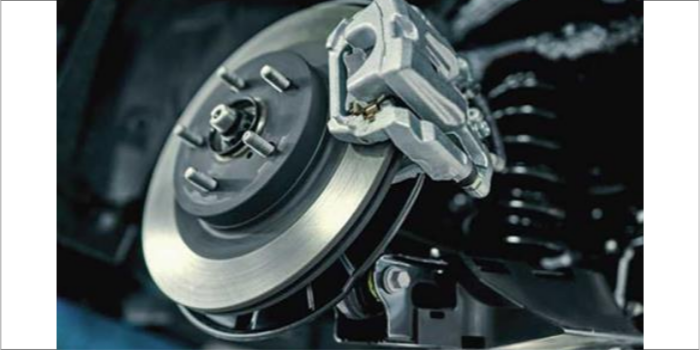
Significance of Drives & Motors in the textile industry
The requirements of drives and motors are different for different textile processes. But the ultimate aim of all electrical drives and motors irrespective of the process is to boost productivity and improve performance.
Textile mills serve various processes, such as ginning, spinning and weaving. The separation of seeds from cotton is called ginning. Spinning is done to produce continuous yarns of sufficient strength and weaving is the process of making uniform layer before the yarn is actually woven. There is a growing demand for special types of drives to enhance productivity and performance of textile mills in the above mentioned processes. Hence the above mentioned processes will augment growth in the textile mill electric drives market. An electric drive can be defined as an electromechanical device for converting electrical energy into mechanical energy to impart motion to different machines and mechanisms for various kinds of process control.
Textile mill electric drives help in controlling the speed of rotation of an electrical machine, which help in optimising the motion control. Therefore, assembly of an electric motor with sophisticated control systems which controls the rotation of the motor shaft is the typical drive system used in the textile mill electric drives market. Controlling has become more and more accurate along with high ergonomics with the help of software incorporated solutions. The motor needs robust construction to withstand several extreme conditions and it should be able to develop torque in a short time, should possess wide speed variation capability and quick response change capability. All of these factors will affect the global textile mill electric drives market. The need of two major factors in textile mill electric drives is ease of maintenance and low cost. Other factors include less machine stop time, high quality and productivity.
Electrical Drives:
Classification of electric drives:
Electrical drives can be classified based on the following factors:
|
Mode of operation |
Means of Control |
Number of machines |
Dynamics and Transients |
Methods of Speed Control |
|
Continuous |
Manual |
Individual |
Uncontrolled transient |
Reversible |
|
Short time |
Semi-automatic |
Group |
Controlled |
Reversible |
|
Intermittent |
Automatic |
Multi-motor |
|
Variable |
|
|
|
|
|
Reversible |
Selection of Electrical Drives
Choice of an electric drive depends on a number of factors. Some of the important factors are:
1. Steady State Operating Condition Requirements: Nature of speed torque characteristics, speed regulation, speed range, efficiency, duty cycle, quadrants of operation, speed fluctuations if any, ratings etc
2. Transient Operation Requirements: Values of acceleration and deceleration, starting, braking and reversing performance.
3. Source Requirements: Types of source and its capacity, magnitude of voltage, voltage fluctuations, power factor, harmonics and their effect on other loads, ability to accept regenerative power.
4. Capital and running cost, maintenance
5. Space and weight restriction if any
6. Environment and location
7. Reliability
Advantages of Electrical Drives
1. They have flexible control characteristics. The steady state and dynamic characteristics of electric drives can be shaped to satisfy the load requirements.
2. Drives can be provided with automatic fault detection systems. Programmable logic controller and computers can be employed to automatically control the drive operations in a desired sequence.
3. They are available in wide range of torque, speed and power.
4. They are adaptable to almost any operating conditions such as explosive and radioactive environments
5. It can operate in all the four quadrants of speed-torque plane
6. They can be started instantly and have an ability to fully load control gear requirement for speed control immediately, starting and braking is usually simple and easy to operate.
General Electric Drive
System
CATEGORIES Printing



